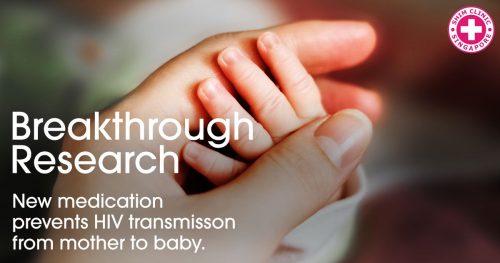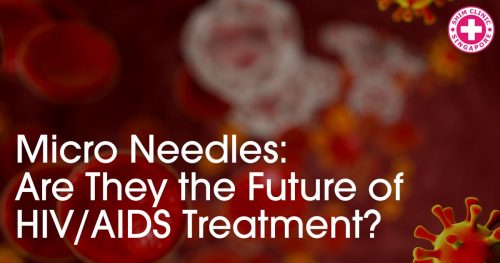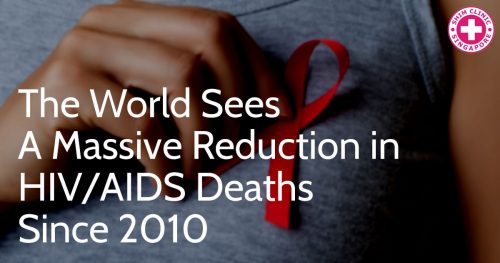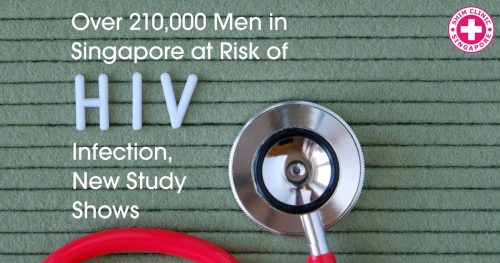A second person has gone back to having a HIV-negative status after a stem cell transplant. Known as the London Patient, the HIV-positive man received a transplant from a HIV-resistant person that helped for the complete eradication of the virus.
Continue readingPosts Tagged → #HIVAIDS
An HIV Prevention Roadmap for 2020 and Beyond
The world has made a massive leap forward when it comes to the management of HIV/AIDS. The condition is no longer a death sentence the way in was in the 1980s and 90s. Still, effective prevention strategies will be required to further slow down the spread of the virus in 2020 and the years to come.
Continue readingBreakthrough Research: New Medication Prevents HIV Transmission from Mother to Baby
Clinical studies focused on a new antibody-based treatment suggest that the medication is effective enough to prevent the passage of the HIV virus from pregnant mother to baby. While this is still a preliminary trial, the new treatment option is demonstrating a lot of promise.
Continue readingA Timeline of the HIV Crisis: The Scary 1980s and 1990s
The 1980s and 1990s were marked by the peak of the HIV/AIDS epidemic. In 1981, there were 270 cases of the infection. By the end of 1984, the number of infections reached 7,699 in the US alone and 762 cases in Europe. The AIDS crisis marks a really dark time period but it has also given birth to life-saving research.
Continue readingNew HIV Strain Discovered for the First Time in Almost Two Decades
Researchers have discovered a new HIV strain for the first time since 2000. It belongs to the Group M of HIV – the subset that is responsible for the AIDS pandemic. This new discovery will help for the development of more accurate HIV tests to detect the new viral mutation.
Continue readingMicro Needles: Are They the Future of HIV/AIDS Treatment?
HIV and AIDS treatments are delivered orally right now, which makes them expensive and unavailable across the world. Researchers are working on a trans-dermal micro needling patch that can deliver medications for a prolonged period of time and reduce the cost of the HIV/AIDS therapy.
Continue readingExtraction of HIV Genetic Code Provides Information about Virus Emergence
American researchers have studied a tissue sample from the 1960s, recovering nearly the entire HIV virus genetic code. Based on this information, the researchers can determine accurately when the human immunodeficiency virus passed from chimps to humans. Some earlier estimates suggest this happened in the 1920s but the latest research establishes an earlier date in the 1900s. Determining when the HIV epidemics began is very important because the timeframe will enable scientists come up with the factors that facilitated the spread of the virus.
Continue readingThe World Sees a Massive Reduction in HIV/AIDS Deaths Since 2010
The number of HIV deaths worldwide has gone down 33 per cent since 2010, a report by UNAIDS and the United Nations suggests. Unfortunately, some parts of the world have seen an increase in the number of newly infected individuals and the overall number of people living with HIV or AIDS. The report concludes that medical advances like HIV PEP and HIV PrEP have played an important role in controlling the epidemic and that researchers may soon be capable of formulating a reliable, effective and widely accessible cure.
Continue readingThe World is Getting Closer to HIV Vaccine Development
Johnson & Johnson is just one of the pharmaceutical companies that will be carrying out a human vaccine HIV test. The company has already completed animal studies and it has established the safety of the vaccine. It will now have to work towards proving the vaccine’s effectiveness. Results from the trial are anticipated in 2023 but it isn’t the only experiment currently underway. A HIV vaccine trial is already taking place in Africa. The African study involves female volunteers due to the disproportionately high infection risk women in many African countries face.
Continue readingOver 210,000 Men in Singapore at Risk of HIV Infection, New Study Shows
A new academic analysis shows that the size of the population at risk of a HIV infection in Singapore is much larger than initially estimated. According to the National University of Singapore researchers, there are over 210,000 men engaging in sexual contact with other men – an activity that puts them at a high risk of infection. There are three additional at-risk groups – the male clients of female sex workers, the sex workers themselves and intravenous drug users.
Continue reading









